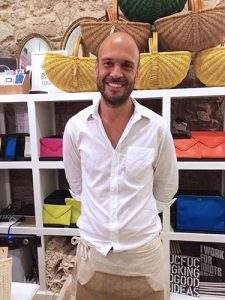
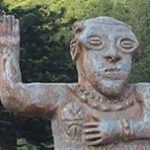 I am so conflicted each evening when I sit down to write. There’s so much I want to share with you, so many details I want to remember for my own memories. I want to record each conversation – the one with the handsome young South African in Casco Viejo who left his thriving design business in England to open a shop in Panamá. Or the retired couple who came here eight years ago and bought property on the spot.
I am so conflicted each evening when I sit down to write. There’s so much I want to share with you, so many details I want to remember for my own memories. I want to record each conversation – the one with the handsome young South African in Casco Viejo who left his thriving design business in England to open a shop in Panamá. Or the retired couple who came here eight years ago and bought property on the spot.
I want to find answers for all the questions I have, like why Panamá buys their paper money from US. I want to know more about Casco Viejo developer, K. C. Hardin, the New York lawyer who came here in 2003 and never left. And to calm the education passion in me, I want to know more about the Panamánian schools.
My sister and I have taken hundreds of photos which I’d love to upload. They paint such stories, all unique to those of us back home. I’m so afraid I’ll return home and get busy, leaving the images hidden in the computer.
I opted to let my sister to go alone on the zip line through the cloud forest, near the volcano. No, I was not as brave as she, but I chose to enjoy a bit of quiet and reflection in this cozy little hamlet called Boquete. I wanted to take it all in.
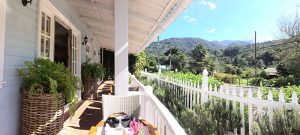 As I sit on the bright sunny porch of the Hotel Panamonde, looking out onto the mountains, I can hear only the noise of palms rustling in the cool breeze. There is a faint smell of something sweet. It’s actually a row of rosemary that borders the fence next to me. The weather is 27 celsius or about 80 degrees fahrenheit. It couldn’t be a more perfect day.
As I sit on the bright sunny porch of the Hotel Panamonde, looking out onto the mountains, I can hear only the noise of palms rustling in the cool breeze. There is a faint smell of something sweet. It’s actually a row of rosemary that borders the fence next to me. The weather is 27 celsius or about 80 degrees fahrenheit. It couldn’t be a more perfect day.
My trance is interrupted by a workman nearby as he begins to load a wheelbarrow with firewood. The waiter brings me a cup of thick, rich coffee, the specialty of this region, plus the morning’s selections of fresh fruits. Pineapple, banana, melon, papaya, fresh oranges . . . certainly picked right down the road. With yogurt, honey and homemade orange marmalade on the side, how lucky can a girl get?
 The bougainvillea and the hibiscus are everywhere you turn, framed perfectly by the bright colors of the stucco behind them. The marigolds bloom twice the size as those at home. And the greens, I swear, seems more brilliant under this bright sun.
The bougainvillea and the hibiscus are everywhere you turn, framed perfectly by the bright colors of the stucco behind them. The marigolds bloom twice the size as those at home. And the greens, I swear, seems more brilliant under this bright sun.
Today is a nice respite from last night, our first night here. Thousands of people descended on this tiny hamlet for their yearly celebration, The Coffee and Flower Festival. We found the mass of humanity interesting. Scents of greasy fair food, sounds of laughter from the merry-go-round, sights of tired parents chasing their children here and yonder were not much different than I remember as a child in Mobile, Alabama. Except for the faces which were all new and interesting. Tired, we were both anxious to get settled, unpacked and oriented for this, our next stop.
As I enjoy my breakfast I reflect on last night’s conversation with an American couple here from Montana. We agreed that as you age you see how materials things can so easily become liabilities. The memories we gather from relationships and experiences like these are worth so much more.
I so agree.
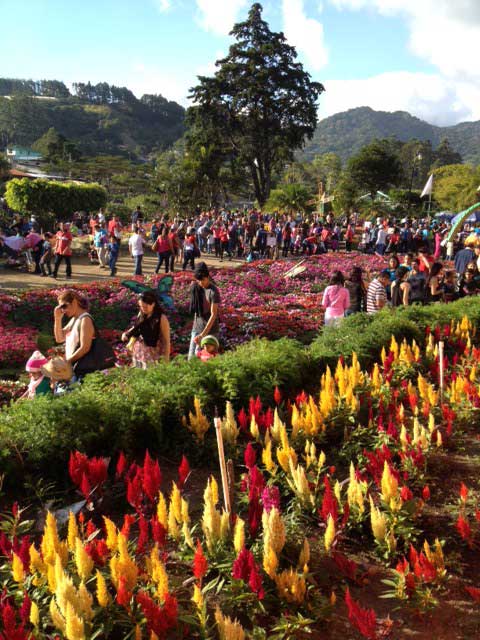



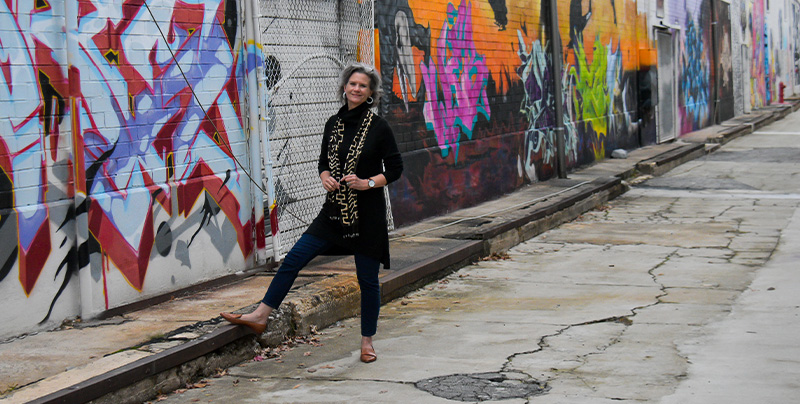
9 Responses
Oh GOD Lisa, You describe this so beautifully! Picking fruit on the side of the ro as described that you can eat….The colors…The Foilage…Takes me back to my childhood growing up on a small farm in Mississippi… Yes, the important things in life.
oh, Mary, the colors in this country are like none I’ve ever seen.
A lovely day of reflection, it seems. I’d have skipped the Zip, too, in favor of the day you had.
I love the vibrancy of the pictures and the way you describe things conjures up vivid pictures in my mind.
oh, this place must make its way onto your bucket list! You’d love it. Any moves toward Charleston?
The town itself wasn’t officially established until 1911 when coffee had gained a firm foothold as the most important cash crop in the area. In more recent times, Boquete has become one of Panama’s most popular tourist destinations and retirement destinations.
It’s such a lovely town. I totally get why tourists are there!
Known as the “Valley of the Moon” to the natives, Chiriqui is also home to a large population of Ngobe-Bugle (Guaymi) Indians. Panama’s largest tribe, they number about 125,000 and although found in large groups in Chiriqui’s eastern town of Tole, many Ngobes make the yearly migration to Chiriqui’s highlands in search of jobs as coffee pickers. A strenuous and labor-intense job, coffee picking for the Ngobes is the financial and social event of the year since they make the bulk of their money picking coffee and often return home with new wives. The Ngobes still speak their own language which they refer to as el dialecto and the women can be seen in colorful and beautiful hand-stitched dresses called naguas. Using the most vivid hues of blues, reds and greens, the dresses are adorned with triangular trimming and are certainly works of art. The Ngobes can also be seen using woven handbags called chacaras which are also quite lovely and which, along with the naguas, can be found for sale in the local shops along Boquete’s main drag.
Thank you! Thank you! Thank you for clarifying this. I saw lots of ladies dressed as you described.